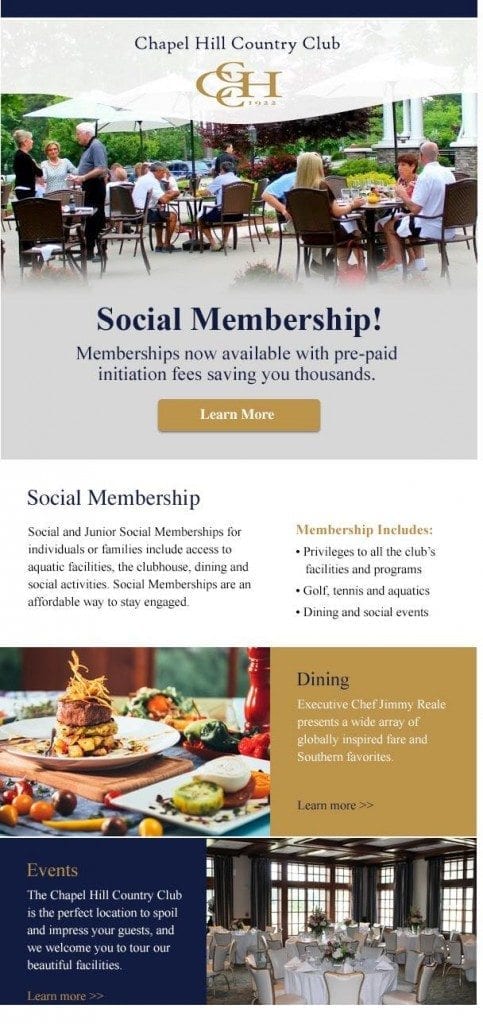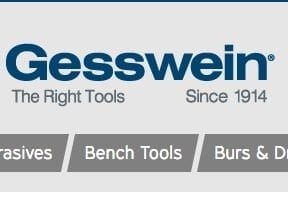Finding new prospects for an ecommerce business and getting them to convert into actual customers can be difficult. A steady stream of new customers is critical, typically, to grow a business. In this post, I’ll explore four ways to use email marketing to acquire new customers.
Optimize Your Email Marketing Funnel
Before attempting to entice prospects to your site, focus on your internal process to convert them. The pieces should be in place to convert new visitors in the most effective way.
You likely have a good idea of your conversion rates based on the marketing channel, offer, time of year, and other factors. Thus, maintaining those rates and simply getting more people into the top of your funnel should result in more customers and greater overall revenue. The focus should then be to get the most quality prospects to your site and then use the tools and tactics within your marketing funnel to maintain or improve conversion rates.
For example, a good strategy is to segregate your contacts based on behavior and apply a different message and frequency to that behavior or specific action. This email from Chapel Hill Country Club, in North Carolina, contains different areas of interest: Golf, Dining, Tennis, and Aquatics.

This email from Chapel Hill Country Club contains different areas of interest: Golf, Dining, Tennis, and Aquatics.
Depending on which interest the prospect clicked, she receives a follow-up message focused on that area. This likely increases conversion rates, as the follow-up offer is more relevant to that recipient. Recipients who clicked on the Aquatics section, for example, received this follow-up, below, which a more targeted, aquatics-related message.

Recipients who clicked on the Aquatics section of the original email received this follow-up, which is more targeted.
Recipients who clicked on the “Dining” section of the original email received this follow-up message focused on dining.

Recipients who clicked on the “Dining” section of the original email received this follow-up message focused on dining.
Presenting relevant email content to prospects can be time consuming. However, it will help convert more prospects into customers and is definitely worth the effort, in my experience.
Revisit Lapsed Prospects
Look at the open and click statistics for your email subscribers. You likely have subscribers that have stopped responding. Revisiting lapsed contacts and reengaging with them is an easy first step in building your acquisition pipeline. It’s about getting individuals back to your site to browse, see what’s new, and hopefully purchase.
Licensing or Renting an Email List
Renting or licensing email data can be challenging. It typically involves a large learning curve before becoming a solid and profitable method for acquiring new customers. However, renting or licensing an email list can provide a large pool of potential customers ready to learn about your company or site.
Renting email data can come from different sources. First, there is the list manager or owner, such as content sites, as in Condé Nast, a leading magazine publisher. There are also list brokers, such as MeritDirect or IDG List Services. Email services are available through companies that aggregate data, such as Infogroup, Experian, or Acxiom (my employer). Typically the more specific and closer to the original source, the more expensive a rented email list is, but, importantly, the higher the response rates are.
“Renting” a list is something of a misnomer. The owner of a rented list retains control of the email addresses and does not otherwise disclose them. The owner will send your message to its list for a fee — usually an amount per one-thousand email address (CPM, cost per thousand). The recipients have typically opted in to receive information or advertisements from other organizations. Renting provides access to subscribers of another organization.
Here are tips for acquisition marketing through a rented email list.
- Research. Look for reputable providers that serve your industry or specialty.
- Understand potential response rates versus cost. Reaching out to prospects via a rented email listed is much different than emailing to your own house file. Having realistic expectations on open, click, and conversion rates will allow you to calculate a potential break-even point between the cost of the rented list and its benefits to your brand.
Here’s an example. Say the open rate of a rented list is 10 percent and the click rate is 1.5 percent. Further, say that your site converts 2 percent of traffic to a specific landing page. Thus, an email deployment to 100,000 individuals would product roughly 1,500 people (1.5 percent) clicking to the landing page. If 2 percent of these convert, that produces 30 new customers.
If the cost of the rental list was $25 per 1,000, or $2,500, that puts the cost of each new customer around $83 ($2,500 / 30 customers). This may seem like a lot to pay for a new customer. But remember that each new customer will have a lifetime value that hopefully will far exceed the original cost to acquire.
Moreover, reaching out to prospects also builds general brand awareness, regardless of whether they immediate convert. Email recipients who opened and clicked presumably learned about your product or service and, therefore, may return through another channel.
- Test. For customer acquisition, rarely will a one-time email deployment yield immediate success. A strategic program with multiple deployments that tests and adjusts everything from audience, timing, offers, creative, and subject lines may be needed to generate conversions and sales.
Licensing a list is typically more expensive than renting it. Licensing gives you access to the data — such as names and email addresses — to freely contact for a set period of time (usually 1 year) and have control over the data during that period.
Co-brand with Complementary Sites
Depending on your site and your products, search for opportunities to share resources with complementary sites that are not direct competitors, whereby your site would market to their subscribers, and vice versa. Opt-Intelligence, for example, is a network that will help facilitate co-branding on similar, complementary websites.




